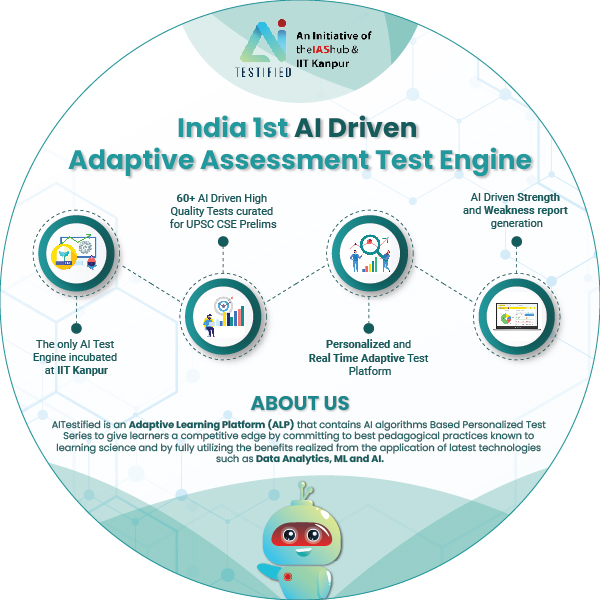Q. Gender budgeting is the need of the hour, but its implementation remains a challenge. Discuss. (Answer in 150 words)
03 Oct, 2022
GS III
Daily Answer Writing 2022-23 ( Upgrade)
Modal Answer
Modal Answer
Gender budgeting refers to bringing gender aspect in budgetary process to address the challenges of gender hierarchies and promote gender equality.
Gender Responsive Budgeting (GRB) is need of the hour:
- Good Governance: To ensure more accountability and transparency in public spending by translating gender commitments of govt. into budgetary commitments.
- Accelerated Growth: India could add $750 billion to GDP by 2025, simply by giving equal opportunities to women.
- Social & Political empowerment: To overcome challenges of low literacy (65%) & dismal LFPR (25%), high MMR (103), poor political representation (<15%) etc.
- Commitment to Inclusive growth & SDG 5: To ensure that the fruits of development percolates down to unpaid care & informal economy supported by women.
- Harness Intergenerational benefit: Women spend 90% of their income on families, & economically empowered women have healthier & better-educated children.
- COVID induced Challenges: Shadow pandemic (domestic violence), ‘She-cession’, widening digital divide etc.
Parts of Gender Budgeting
Part B (Por women) – >30%
- Part A (Women specific schemes) – 100% funds for women – maternity benefit
Realising its critical relevance, GoI introduced Gender Budgeting (GB) in 2005 & took several other steps:
- Establishing Gender Budget Cells in each ministry.
- Training on Gender Budgeting at Ministry & State level.
- Evaluation of GB Scheme's performance by NABCONS.
Challenges in implementation of Gender Budgeting:
- Poor outcome orientation: Tendency of reducing GB to mere accounting exercise rather than achieving the central goal of gender parity.
- Inadequate allocation: GB as a proportion to total budget has declined to 4.5% from 5% in 2005-06.
- Exclusion of major schemes: For eg. Jal Jeevan Mission that positively impacts women empowerment.
- Data Inadequacy: absence of gender segregated data like Norway and Sweden, for evidence-based policies.
- Coordination Challenges: between Finance Ministry and Ministry of Women, and other Ministeries.
- Lack of accountability: Poor Monitoring mechanisms & no proper impact assessment of allocations.
- Gender Bias: Prevalence of patriarchal mindset at all levels (Government & Society).
Way Forward:
- Target Linked outcomes: determining the outcomes and then defining inputs required.
- Grassroot linkages: Local bodies must be encouraged to undertake GB and social audit.
- Enhanced Funding & Improved targeting: towards women specific schemes on education, employment and skills.
- Competitive federalism: Create a ranking for state-level gender budgets.
- Legislative Backing: Mainstreaming of GB through Gender Budgeting Act, as proposed by NITI Aayog.
Thus, to truly harness the gender dividend, there a need to shift from “mere reporting" of gender allocations to “purposive planning” with wider participation of women.
Please login to upload your copy.
Uploaded Copies
No copies found.
